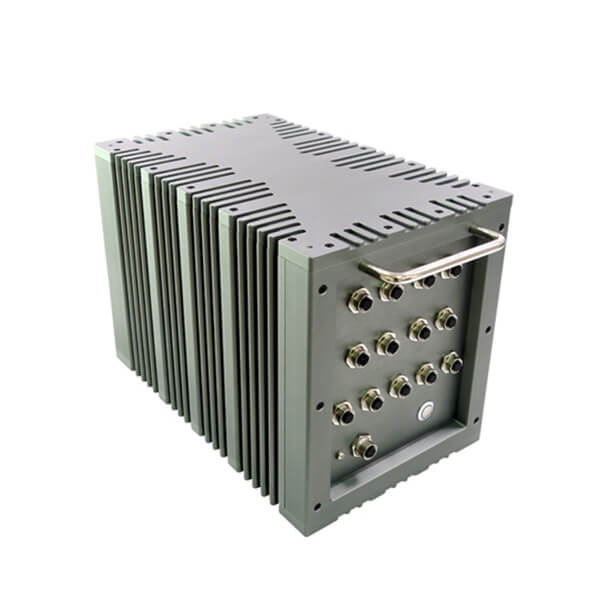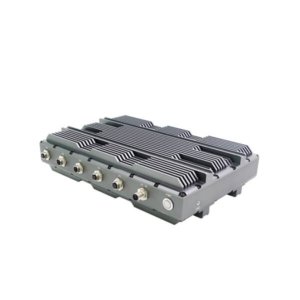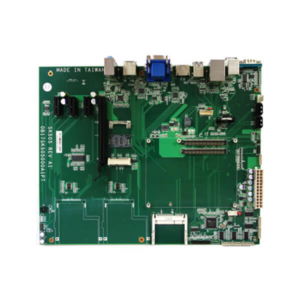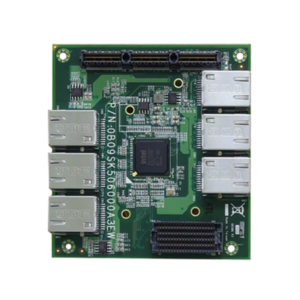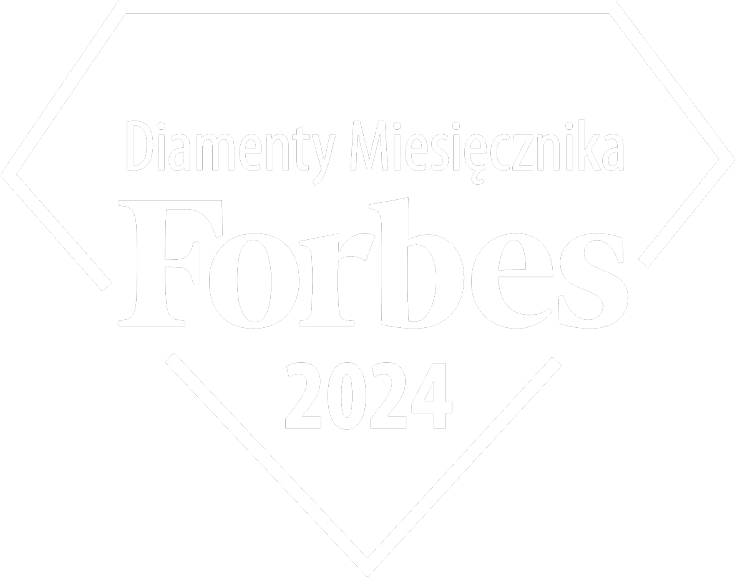Description
Core i7 Rugged Military COTS Computer – Small Form Factor (SFF) with PCIe/104 Architecture
Technical features:
- Rugged COTS computer with Intel®3rd generation Core- i7 processor
- NVIDIA®GPU GT730M supports CUDA 384 independent displays by 4 x DP
- Modular rugged chassis with stackable PCIe/104 I/O card expansion.
- 28V DC MIL-STD-1275/704 Power supply with Voltage transient protections
- Design for reliability under demanding MIL-STD-810G/461F/202 Thermal Shock, Vibration, Humidity/EMI/EMC conditions
- Rugged IP65 aluminum chassis with Amphenol MIL-DTL-38999 connectors or M12 Phoenix Contact
- Operating temperature range : -40°C to 75°C
| Storage Capacity | 4GB to 512GB |
|---|---|
| Flash Type | SLC/ MLC/ iSLC |
| Host Interface | PCIe/104 bus (Type2) (PCI/104 bus is also available for different stacking criteria) |
| SSD Slots | 1 x 2.5” SSD, 2 x mSATA |
| Cable-free | SATA signals from PCIe/104 |
| Operating Temperature | Extended Temperature -40 to 85°C |
| Dimensions | 95 x 109mm |
The purpose of PCIe/104 is to provide a System level Stack-Up Only approach. Specification adopts PCI-Express, Ethernet, SATA, USB as well as LPC, SPI, Field Buses and Common Power Connector to the any stacked architecture.
StackPC Specification defines StackPC, FPE, StackPWR connectors relative position and stacked systems organization common approach. Also specification describes using stack modules in COM applications.
Specification is targeted not only for traditional stackable systems with all boards of the same form factor, but also for other stackable architectures like COM applications (mezzanine Computer-On-Module in conjunction with base board) and SBC expansion (expansion bus for Single Board Computers of various form factors).
PCI Express was chosen because of its performance, scalability and wide market acceptance. Ethernet was chosen as the most popular long distance data interconnect, which is inevitable in modern computer based environments. SATA was chosen as the storage interconnect because of wide acceptance and bandwidth scalability. LPC bus, SPI and other signaling interfaces were chosen because of their capabilities to provide support for legacy devices and to expand host processor functionality in simple and cost effective way.
Additionally specification describes adoption StackPC to popular standards such as PC/104, 3.5 inch, EPIC and EBX. This adoption is as result of StackPC and PCIe/104 compatibility with Bank1 signals (same connector and similar pinout).
StackPC specification is designed to deal with challenges caused by modern point-to-point high speed serial interfaces to stackable architecture which used to rely on traditional parallel bus interfaces. New specification is suitable for using for SBC expansion and fully opens Computer On Module like area of applications. It also paves the way for using even higher speed interfaces which are just emerging on embedded arena.
Compared to past years systems, modern embedded solutions require support for greater number of input/output interfaces. With each year, new processor modules support more and more input/output interfaces integrated in system logic. This makes necessary to place additional interface connectors on processor and peripheral modules. Compactness of Small Form Factor modules is an impediment to placement of necessary components and sufficient number of input/output connectors. It should be noted, that stackable modules are mostly designed for harsh environments and require installation inside an enclosure to protect them from mechanical impact or corrosive substances. Hence, embedded systems manufacturers have to resort to various tricks to bring out all interfaces to connectors on the front panel of the enclosure using flat cables.
One of the solutions can be to aggregate the main set of input/output interfaces at the stack connectors. This allows to avoid some interface connectors (usually pin headers) and to provide more space on the module for placement of necessary components. This, in turn, leads to reduction of manufacturing cost and adds flexibility in terms of using the module in applications requiring limited functionality. Reducing cabling inside the enclosure improves convection, reduces magnetic noise pickup, and consequently, increases system effectiveness. Interfaces aggregated at the stack connectors can be led out of the enclosure using inexpensive and efficient solution – terminal interface module carrying the necessary set of standard interface connectors.
One of rather important requirements to the new specification is compatibility with family of PC/104 standards. The support for existing and field proven PC/104, PC/104-Plus, PCI/104, PCIe/104 and PCI/104-Express modules is provided.
Structure:
StackPC construction example:
SK509: Multi-I/O interface
SK401: 2.5” SSD/mSATA
SK506: 4 x GbE
SK210: Nvdia GT730M
OXY5535B: Intel Core i7/onboard 32GB SSD/XR-DIMM 8GB
SK704: 9-36V DC-in


